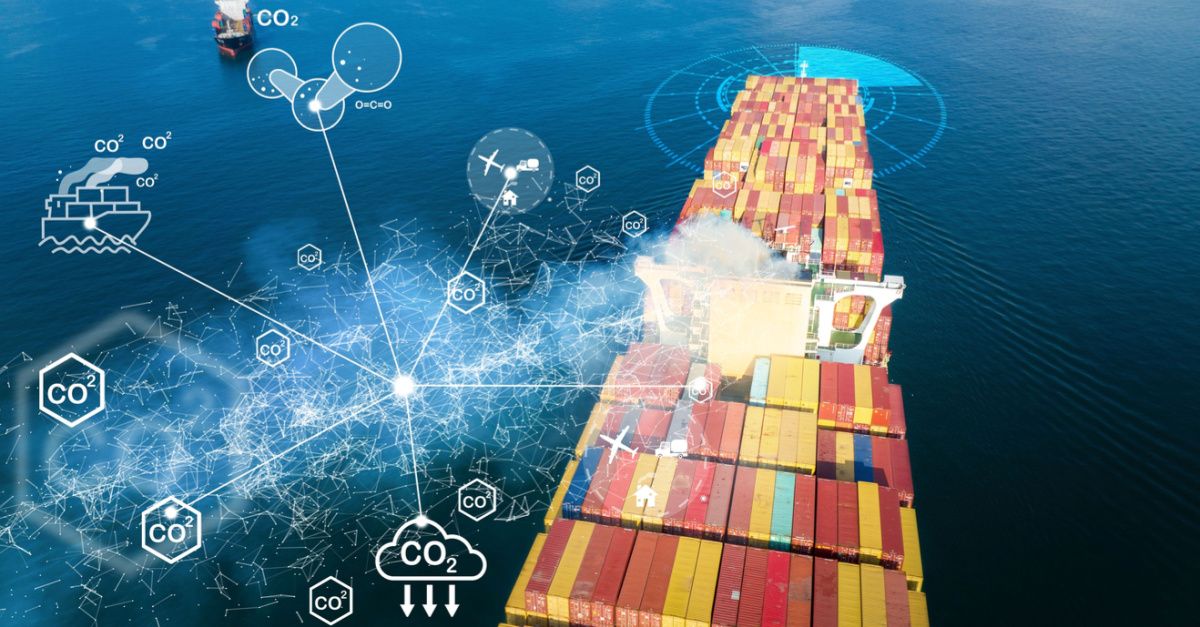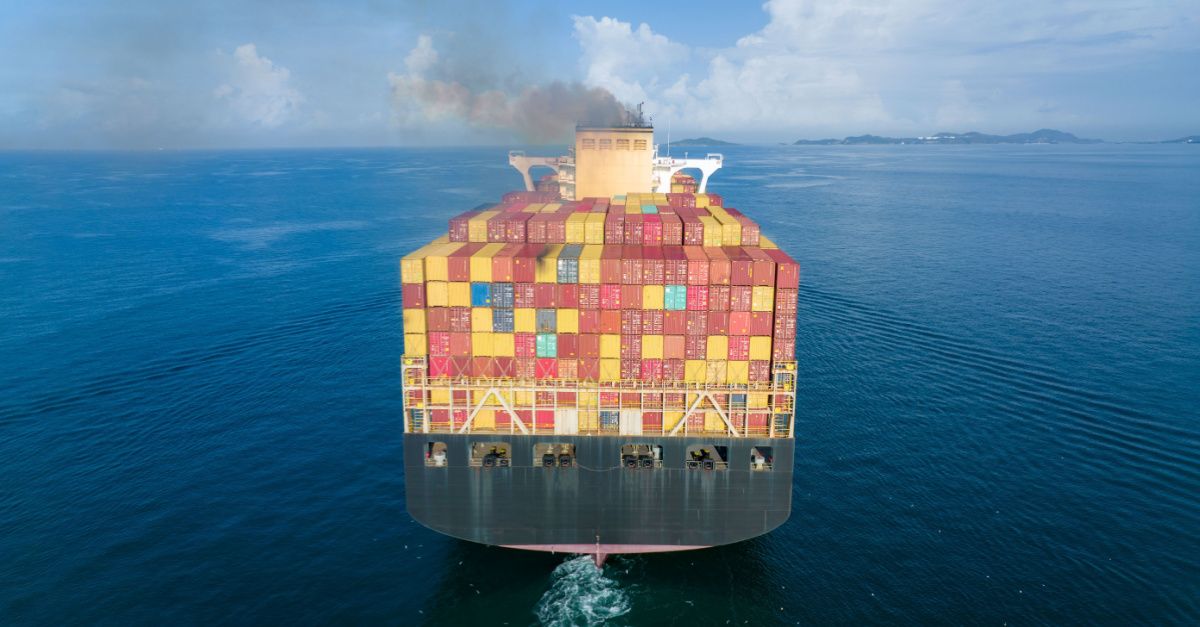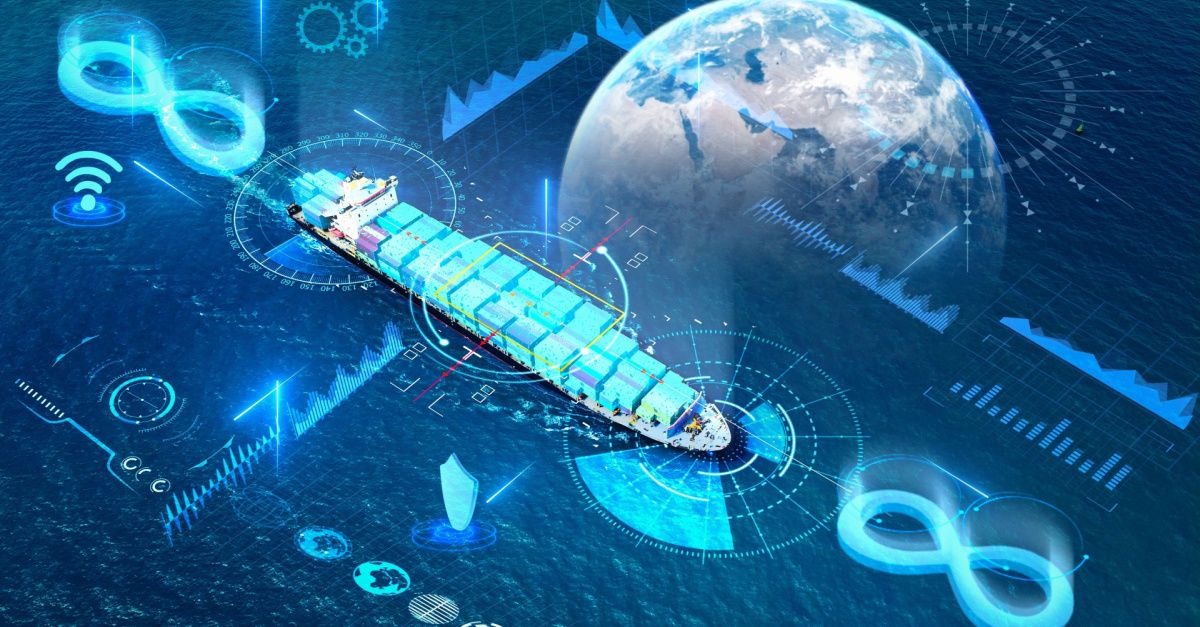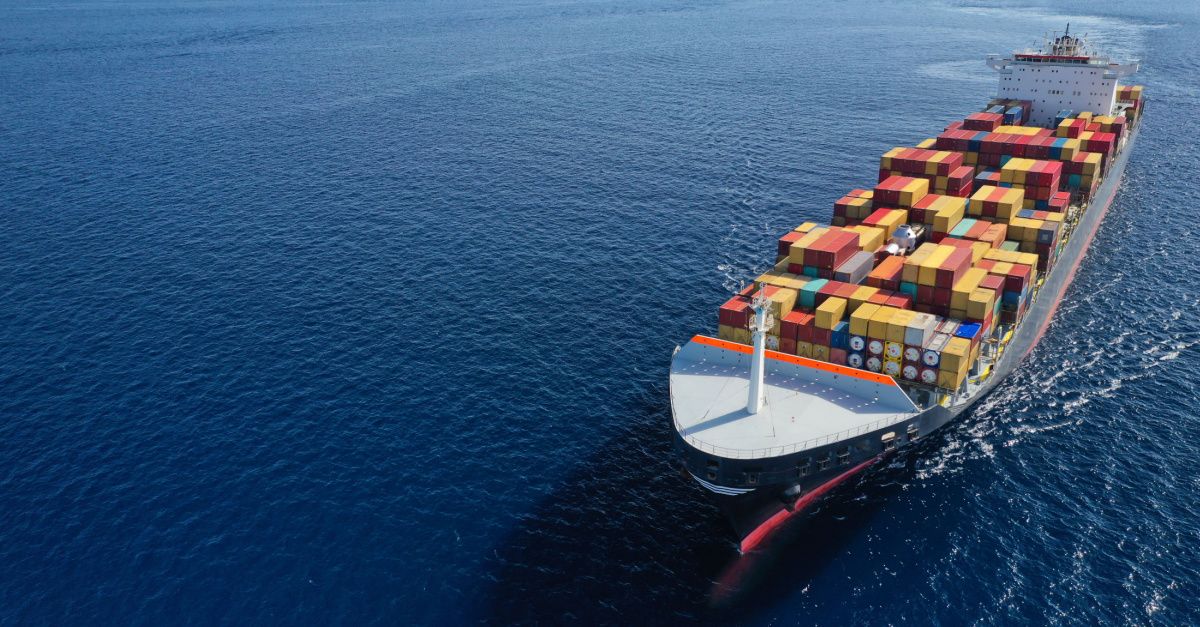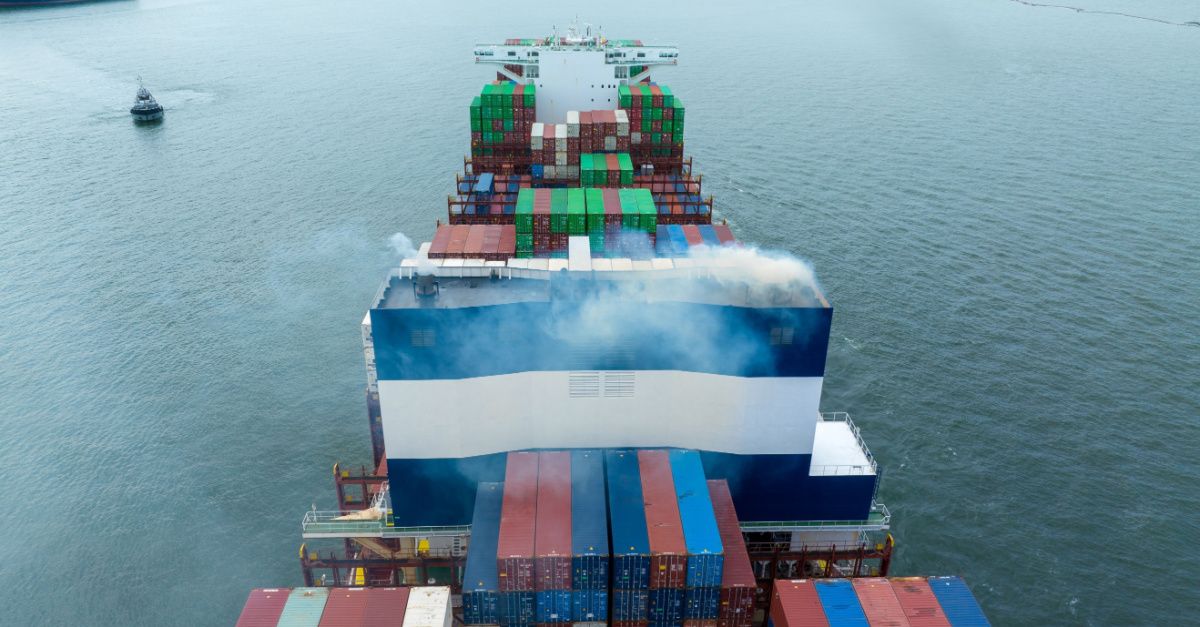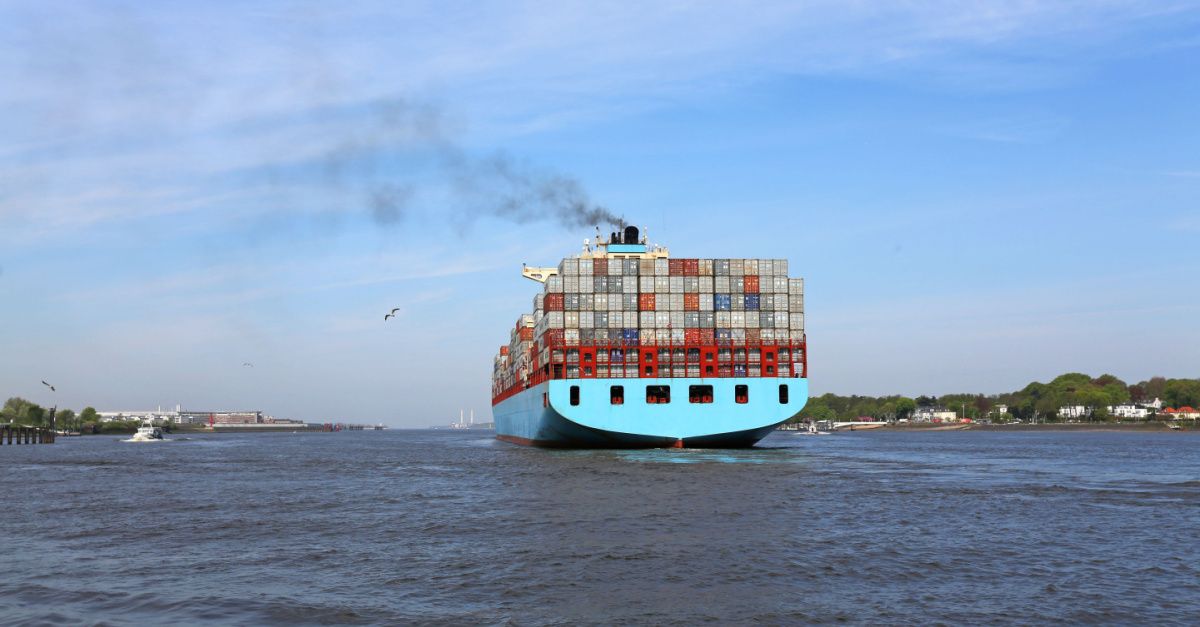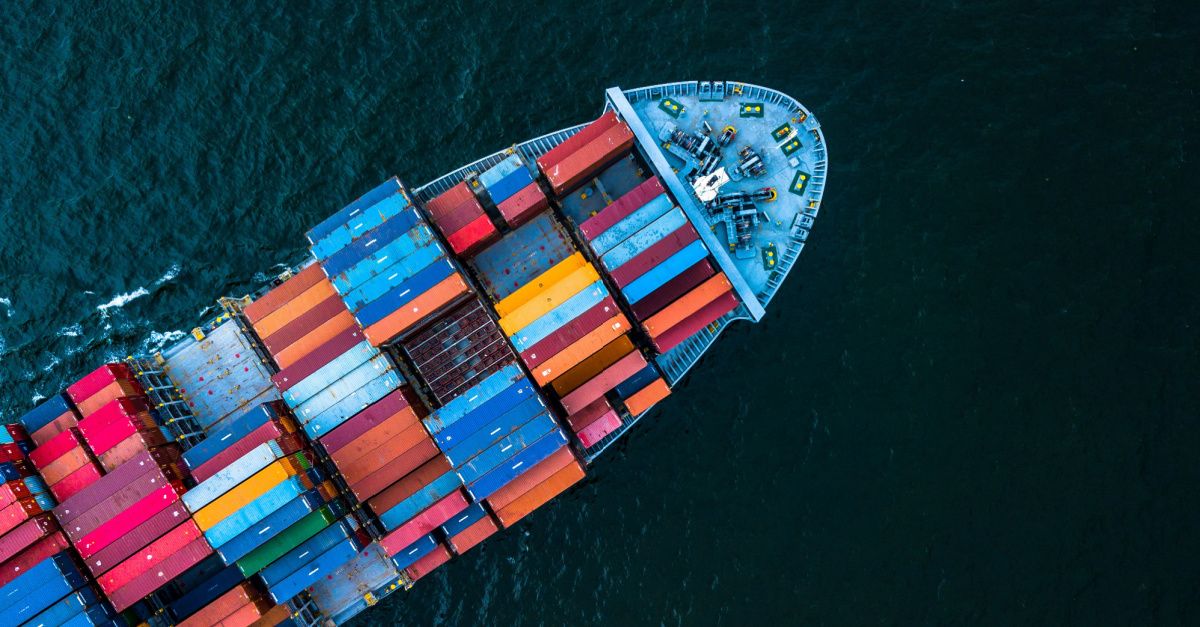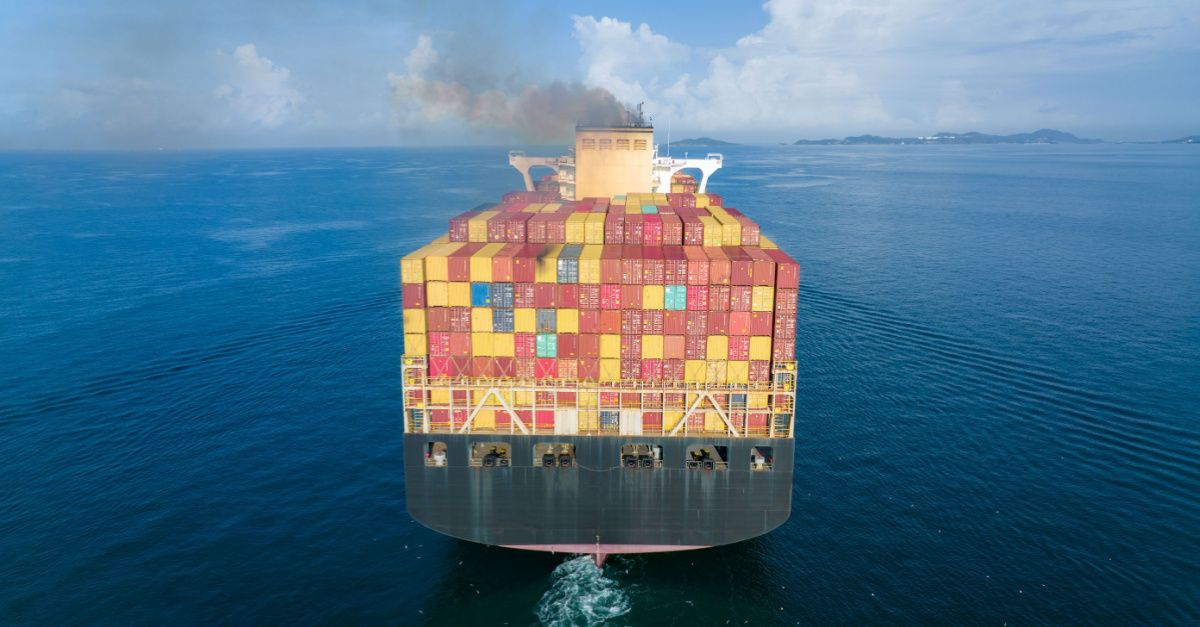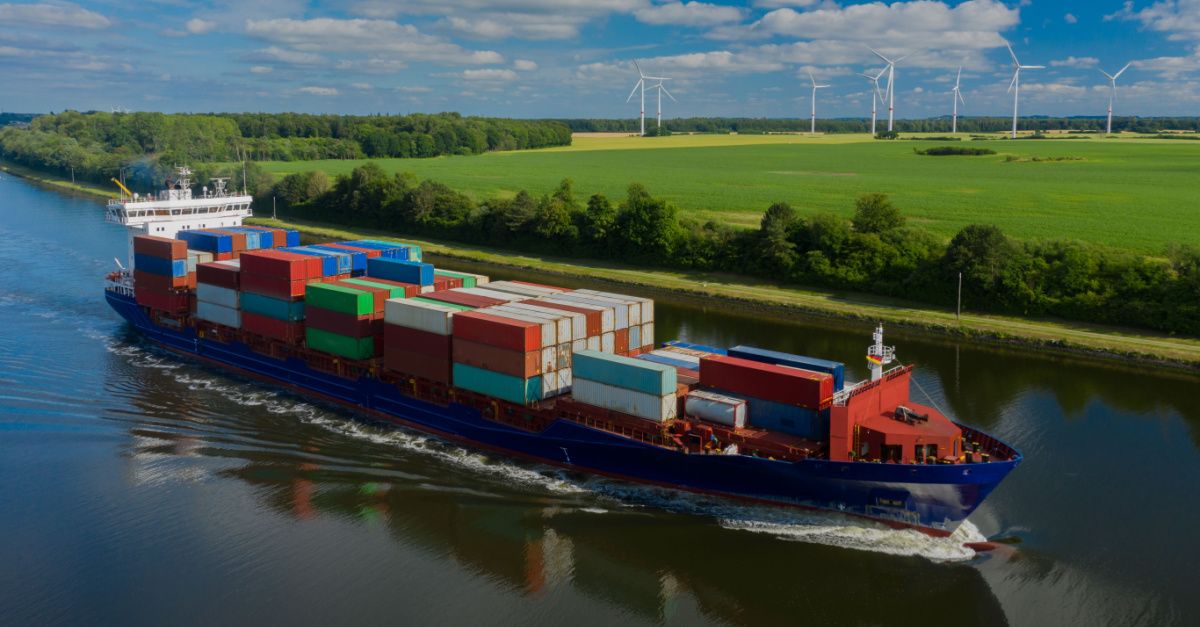Shippers can protect themselves from incorrect carrier sustainability surcharges by identifying, tracking, and mitigating their emissions, but it seems clear that emissions fines will be part of the industry in the near future.
How To Set Up A Sustainability Report: A Complete Guide
In an era where sustainability is at the forefront of global concerns, navigating the landscape of corporate sustainability reporting can be a daunting task for shippers, vessel owners, and BCOs. Sustainability reporting is no longer just a trend; it’s a strategic...
Data at a Deeper Level: Leveraging Analytics for Sustainable Logistics
Companies today are more tuned in to the potential environmental impacts of their decisions, not to mention the impact that more sustainable decisions can have on their brand and customers’ perception of their business. We know that for most businesses, Scope 3 (indirect)...
Saving Green by Going Green: The Financial Impacts of Lowering Emissions Through Optimized Routing
Businesses make decisions driven by financial motivations, as their main purpose is to create value. While this often equates to profits, value creation can come in other forms. Sustainability and environmental responsibility, in particular, are areas where businesses might...
7 Simple Ways Logistics Companies Can Lower Emissions Today
A commonly referenced figure is that 71% of greenhouse gas emissions can be attributed to just 100 companies, a somewhat misleading figure. Even though large companies can be the biggest major carbon emitters, the vast majority of businesses worldwide are mid-sized or smaller...
The Regulatory Wave: Preparing for CSRD, EEXI, CII, and Beyond
Dozens of ships depend on the Panama Canal daily, yet with the current drought, this has been disrupted by bottlenecks and delays. It is just one example of the realities of climate change. In addition to being on the receiving end of these effects, the maritime sector is...
A Step-by-Step Guide for Vessel Owners to Become More Sustainable
While ocean shipping is essential for global trade, there’s a growing awareness that more must be done to reduce its environmental footprint. Ocean shipping carbon emissions are on a trajectory to increase from 3% to 17% of the world’s greenhouse gas emissions by...
3 Strategies to Mitigate Scope 3 Supply Chain Emissions for Procurement Leaders: Envision, Engage, and Enact
Across the globe, the stakes are rising for climate inaction. 2023 is likely to be the hottest year ever recorded, after a record-setting June and July. We can expect rising global temperatures to continue unless more concerted efforts are made to reduce carbon emissions....
Charting a Greener Course: The Searoutes Journey and its Impact on Carbon Emissions Reporting in Logistics
As the world faces significant environmental hurdles to overcome in the next ten years, global supply chains specifically are the focus of various initiatives to reduce emissions—coming from regulations to customer pressure to companies simply recognizing their social...
Building a Sustainability Tech Stack: A Guide for Consultants in the Freight Industry
Learn the essential parts of a sustainability technology stack to give companies the data they need for informed decisions toward sustainability goals.
